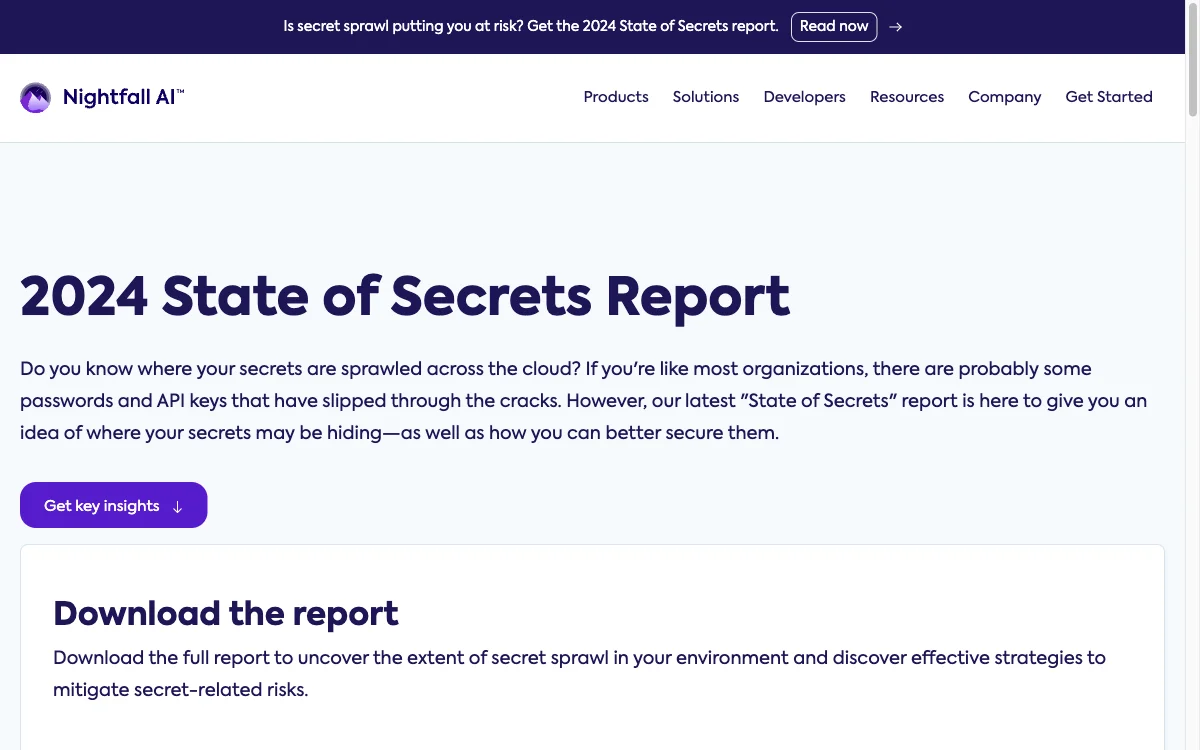Nightfall AI represents a significant leap forward in data security, offering a next-generation Data Loss Prevention (DLP) solution that works seamlessly across various platforms where people work. Unlike traditional DLP systems that are often plagued by false positives, Nightfall AI provides accurate detection of sensitive data sharing in near real-time. This precision allows for the automation of remediation processes at both administrative and user levels, ensuring that security teams can focus on critical issues without being overwhelmed by noise.
One of the standout features of Nightfall AI is its ability to eliminate blind spots in data security. Legacy DLP systems and even some modern solutions fail to provide the necessary visibility across today's complex tech stacks. Nightfall AI, however, offers comprehensive and accurate protection, scanning sensitive data in all its forms and locations, including unstructured data and years of archives. This capability ensures that data risks, previously unknown, can be identified and remediated effectively.
Nightfall AI's integration with enterprise apps and devices is both swift and non-disruptive, enabling secure, AI-driven productivity without hindering end-user experience. The platform's AI-native detection engine is at the core of its effectiveness, identifying a wide range of sensitive information, from PII and PHI to API keys and picture IDs, across hundreds of file types. For more challenging formats, Nightfall's inspection models go beyond standard detection capabilities, making traditional tuning methods like regexes and word lists obsolete.
Automation is another key aspect of Nightfall AI, speeding up the resolution of security events. The platform's dashboard provides instant visibility into policy violations, offering detailed insights into impacted assets, actors, and actions taken. Customizable policies ensure that organizations remain in control, all within a single, user-friendly interface. Nightfall AI's approach to data security is not just about preventing leaks; it's about enabling organizations to work more securely and efficiently, without compromising on productivity or user experience.

